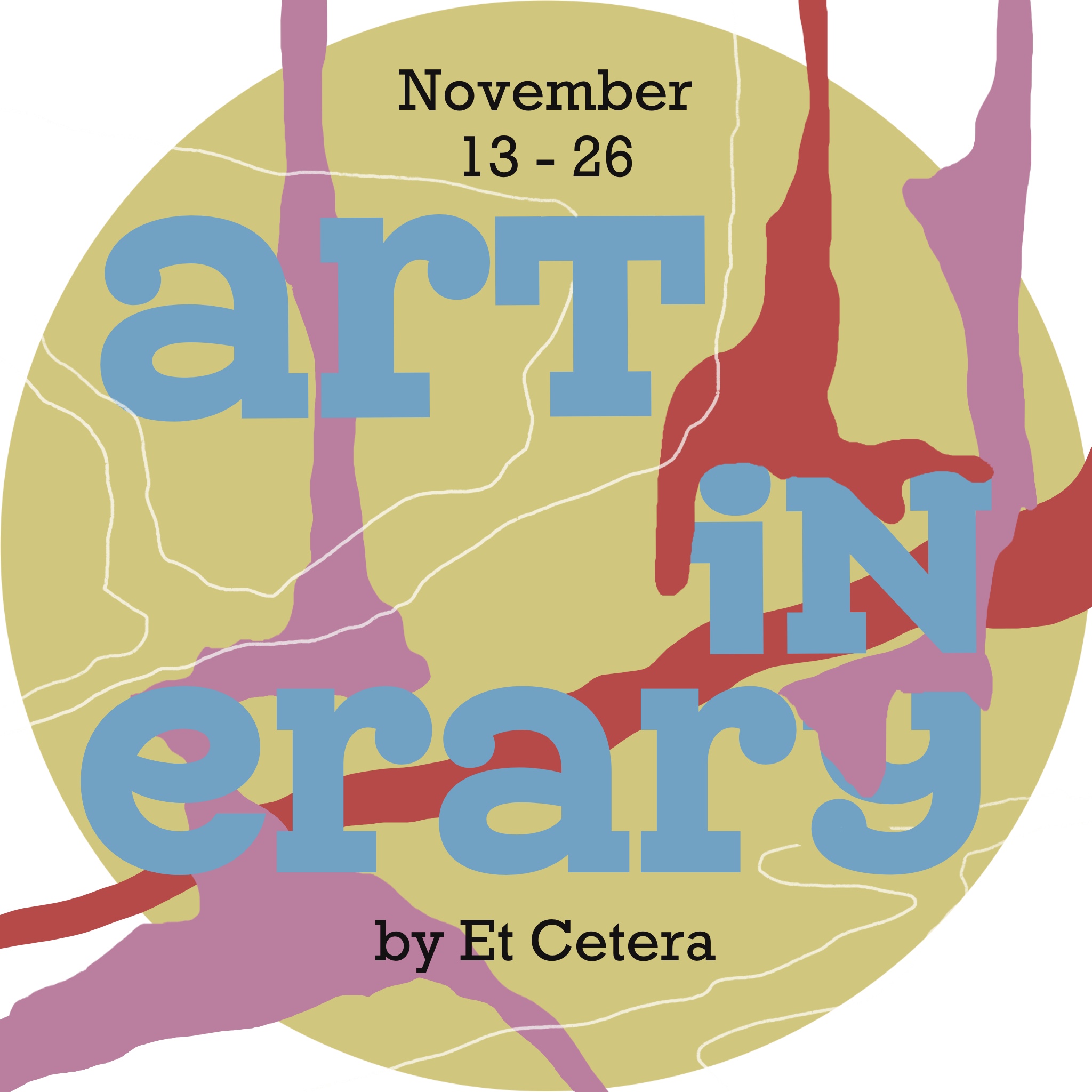
A “profanated” Opera House, yet another hideously grotesque public sculpture, a controversial plan to complete the Cascade complex… the past few weeks saw no shortage of cultural scandals that sent tremors through Armenian social networks and media. As always with our public, the point of contention begins with the idea of culture’s hallowed status and the assumption that objects and spaces with established significance are inviolable. But how “sacred” can culture get before it ossifies into an irrelevant artifact and at what point do our interventions with the relics of the past turn from living culture into an act of sacrilege? The only way to answer this question is to be open to and actively engaged with what the artists and art workers are doing at the moment. And right now, in Armenia, they are doing a hell of a lot worth thinking about.
EXHIBITIONS
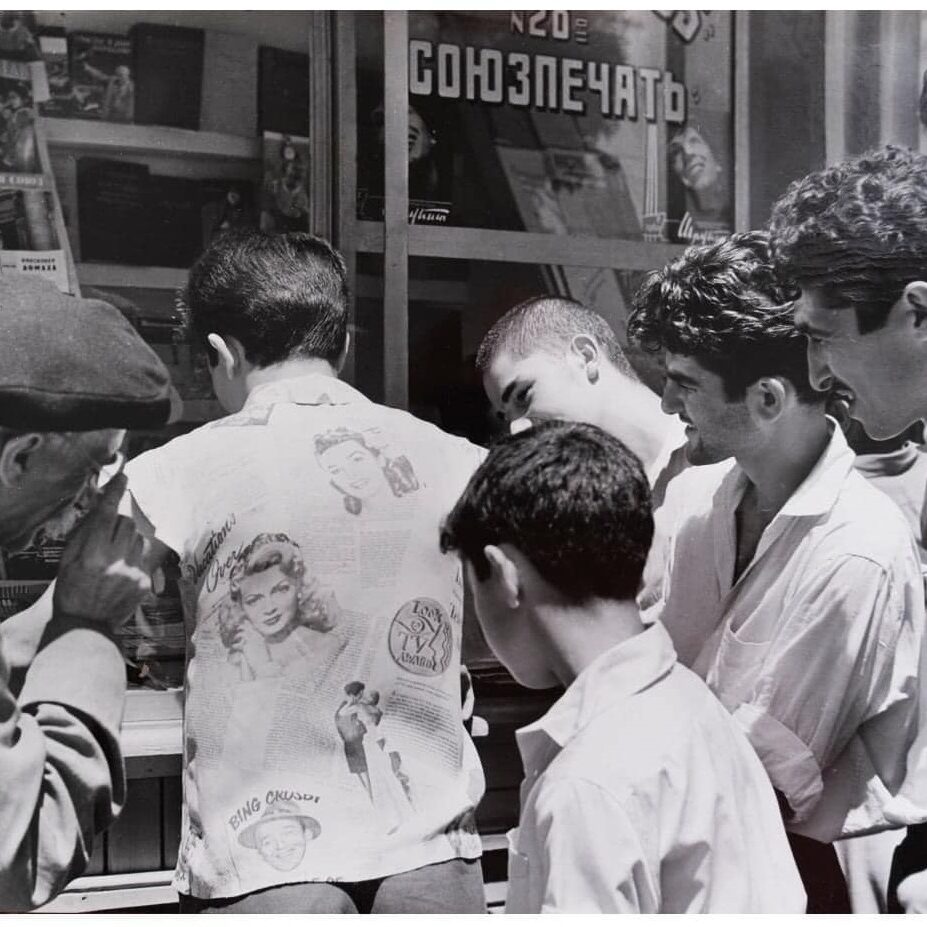
The past is a slippery beast: a point that emerges with crystalline clarity in the photographs of the great, alas currently forgotten photographer Hakob Hekekyan (1923-2000). The artist’s first posthumous exhibition has just been launched at the National Gallery of Armenia, in the frameworks of the Yerevan International Photography Festival. Including over 70 vintage prints by the master, the exhibition Photo Dream: Hakob Hekekyan’s Yerevan is an idyllic ode to the capital during the 1950s-1960s, the decades when Yerevan was fast becoming one of the more distinctive cities in the USSR, positioning itself as an epitome of socialist modernity and progress. Hekekyan’s camera duly recorded this notion not as a fact, but a carefully rendered ideology manifested in photographic form. Anything even remotely problematic has been filtered out, leaving a purified vision of a utopian metropolin—a national vision come to life after a genocide and WWII. While replete with a heavy dose of nostalgia, the exhibition aims to ask whether this is merely ideological propaganda, or a collective dream that was once dreamt by the inhabitants of this once splendid garden city. Every Thursday and Sunday, from 2 p.m. – 3 p.m., Yerevan International Photography Festival offers free guided tours. The cluster of exhibitions on the 7th floor of the National Gallery of Armenia, still on display until November 28, includes “The Chronicles of Armenia by Magnum”, showcasing powerful images from nine Magnum photographers, capturing Armenia’s struggles and resilience from the late 20th century to today; an exhibition by Artak Beglaryan and German Avagyan, “I See Men as Trees”, Patric Bienert’s “Under The Shadow of a Veiled Mountain”, and “Three Colors—Green, Red, Blue: Armenia & Georgia Through the Lens”, an extensive exhibition of unique historical photographs starting from late 1800s curated by Nestan Nijaradze.
Exhibition: “Photo Dream: Hakob Hekekyan’s Yerevan”
Where: National Gallery of Armenia
Republic Square, Yerevan
Dates: November 8-28
•
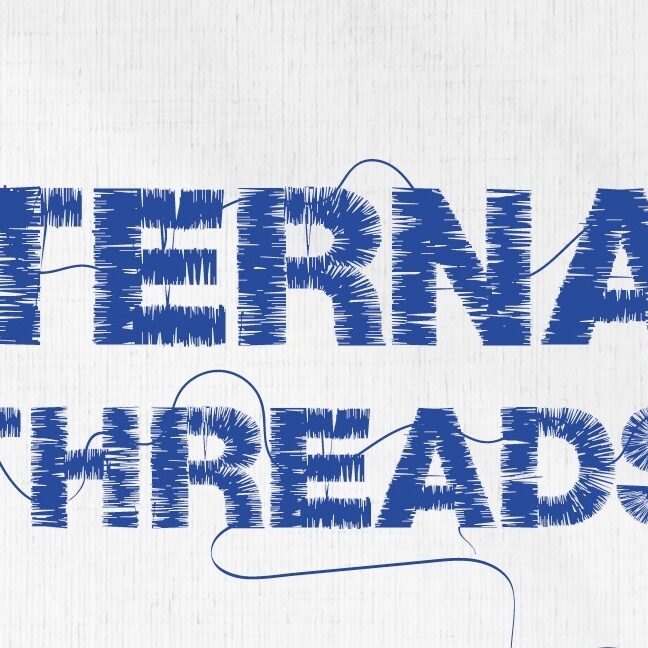
A good example of how contemporary artists can effectively reengage the past as both a resource and a subject of their practice is the small solo show by Lizzy Vartanian, a young diasporan artist who primarily works with embroidery techniques. Vartanian’s Eternal Threads exhibition has a simple concept at heart—transforming old family photographs into embroidered panels that are displayed like flags. The simplicity of this transformation, however, has a powerful impact due to the fact that these photographs were taken in Syria and Lebanon during the 1950s-1960s and present a time when these now war-torn countries were cradles of safety and prosperity. Vartanian’s embroidered images turn these moments into relics or icons of a lost era, but they simultaneously help to combat the stereotypical perceptions of these countries as places of eternal strife and “Islamic backwardness”—a message of extreme resonance right at this moment.
Exhibition: “Eternal Threads”, Lizzy Vartanian
Where: Kitchen Lab
28 Khorenatsi St., Yerevan
Dates: November 8-16
•
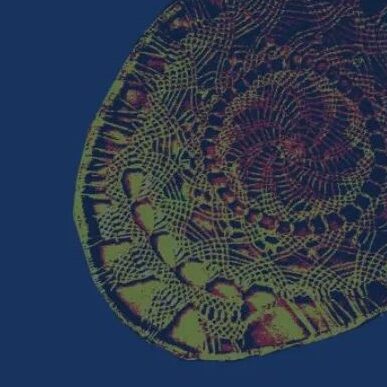
In general, traditional crafts have had a massive, global resurgence in recent years via contemporary art, and Armenia is no exception to this. Case in point, the group exhibition Pariahs, which includes the work of eight local and diasporan artists, as well as community members and school students. Yet again, the show tackles that pained beast—historical memory—in this instance using embroidery and lacework to reflect on the oral testimonies of Genocide survivors from Cilicia. It is fascinating to see how this diverse group of artists interpret the painful legacy of their ancestors through our no-less troubling positions today. By bridging the past with the present, they suggest that history is not merely “a foreign land that one can never visit”, but something that keeps on percolating in the now in different forms. At the same time, the innovative uses of traditional crafts like Marash embroidery and Cilician lace makes a strong statement not only about the ways that art can help root our identities in something richly authentic, but also about our increasing need to retain a link with a material sense of the world in the overwhelming suture of the technological age.
Exhibition: “Pariahs: Performing Europe’s Historical Memory”, group exhibition
Where: Yeghishe Charents House-Museum
17 Mashtots Ave., Yerevan
Dates: November 12-16
•

Is there really any point to attempting to reinvigorate old art forms and techniques when modern technology offers so many new tools and mediums that expand the possibilities of artistic creativity to seemingly infinite horizons? Why are the art institutions in Armenia so beholden to these archaic methods, when you could just type a command or press a button to generate pretty much any kind of image? There are no easy answers to this question, except that the act of drawing, or painting by hand still has a transcendental, even alchemical quality that is unmatched and certainly unreproducible by any kind of digital technology till now. That’s the elusive quality that the students of the Fine Art Academy and Terlemezyan Art College strive to capture and bolster in a group exhibition of graphic arts called Launch and Progress. Whether the students will actually display any real progress or fail to even launch with such a well-trodden medium remains to be seen. Nevertheless, there is something humanly reassuring in our youngsters’ efforts to keep the art of the two-dimensional drawing vivified against all those 21st century meta-technological odds.
Exhibition: “Launch and Progress”, group exhibition
Where: Albert & Tove Boyajian Gallery
36 Isahakyan St., Yerevan
Dates: November 15, 2 p.m.
•
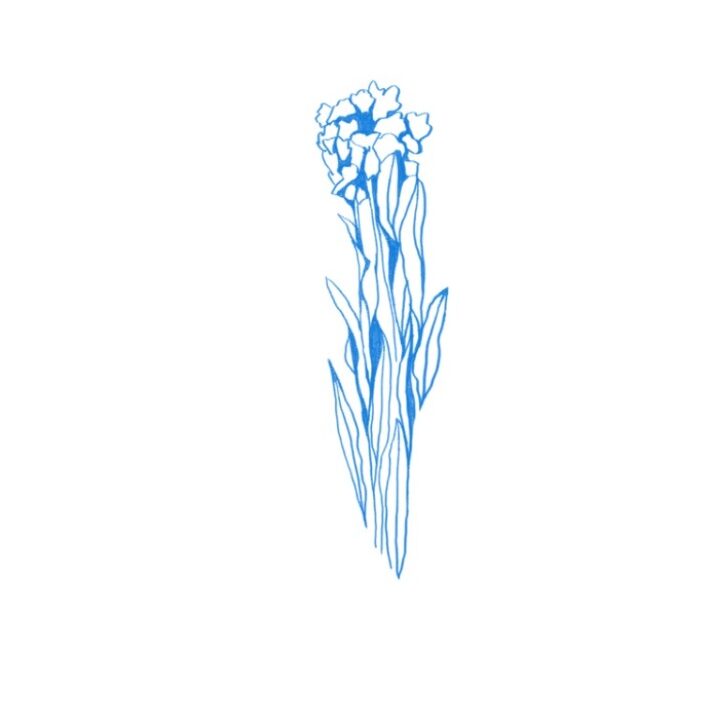
Another (very) young artist making her bid for the resurgence of an old technique is Mariam Shahinyan, who will be showing her Fluid Presence, cyanotype drawings, at DDD Kunst House on November 22. Cyanotype is a particularly beautiful light-sensitive chemical method invented in the early 19th century as a way of producing cameraless proto-photographic images. The technique allows one to quite literally “draw” with light and in recent years, has seen something of a renaissance with the young generation of Armenian artists. This is perhaps not surprising, because the ethereal, ghostly images that result from this technique certainly would speak to the uber-sensitive Gen-Z creatives dealing with the relentless volatility of their times. As the exhibition announcement states, Shahinyan’s sun-exposed drawings are also exploring “the unbearable lightness of being” through visual (and aural) associations with water. We do hope that beneath all the flighty evanescence the artist will manage to capture some solid presence to hold on to.
Exhibition: “Fluid Presence”, Mariam Shahinyan
Where: DDD Kunst House
51 Mashtots Ave., Yerevan
Dates: November 22-24,
7 p.m.- 9 p.m.
•
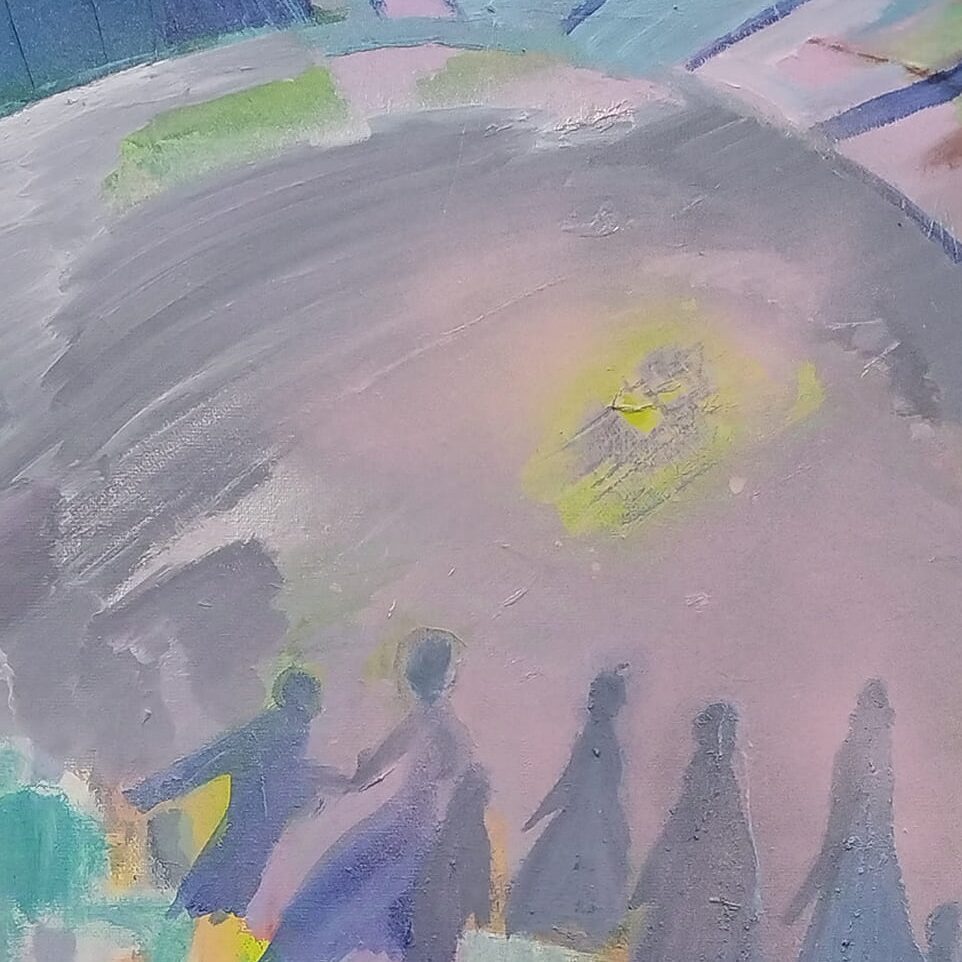
High-strung sensitivity also abounds in the Colors and Light of Victor Khanayan’s Cosmos, an exhibition of paintings featuring “cosmic” explosions of slapdashedly applied acrylic paint floating around with very little tangible content. The gallery-cafe Anirikasia holding this show seems to have become a specialist platform for such pseudo-esoteric art that tackles grandiloquent metaphysical themes only to end up in an embarrassingly amateurish waffle of intellectual and imaginational vacuity. Someone should tell the artist that painting eyes in the sky hasn’t been a wise choice since Salvador Dali turned that motif into the epitome of kitsch. At least Dali had a genuine psychosexual “cosmos” worth exploring.
Exhibition: “The Light and Color of Victor Khanayan’s Universe”
Where: ANIRIKASIA
8 Zakian St., Yerevan
Dates: November 14-17
•
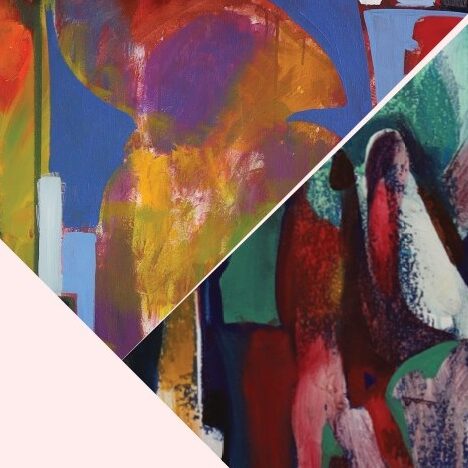
The desire for escape seems to be the running leitmotif of our times. And one can’t help but see that compulsion in the otherwise politically detached paintings of Taron Shahinyan, which are structured around the theme of nautical navigation. It’s a curious subject, which this emerging artist has been exploring for a number of years through highly stylized symbolist and abstract canvases. The intent could have had a sharp resonance today with the growing global crisis of refugees running for their lives on dingy boats from various conflict zones or ecological catastrophes. Unfortunately, Shahinyan, skilled as he is in making visually striking painterly arrangements is primarily interested in decorative effects and phantasmagoria instead of any actual social engagement, leaving little to “dream” about except perhaps holidays on a Sharm-el-Sheikh beach.
Exhibition: “Sailing”, Taron Shahinyan
Where: Terlemezyan Gallery
39 Arshakunyats Ave., Yerevan
Dates: November 21-December 5
•
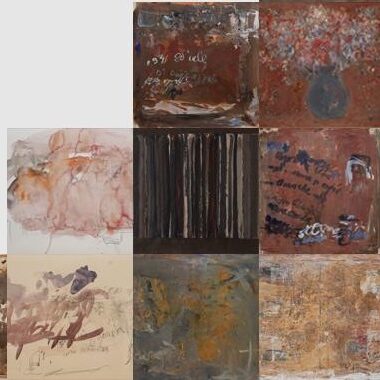
Escapist tendencies often manifest strongly in the work of artists who have been discombobulated by vagaries of history. That’s certainly the case with Ervant Nicogosian, a Romanian-Armenian painter of moody and tumultuous abstractions that oscillate between hazy figurative landscapes and chaotic fog of existential dread. Born in 1928, Nicogosian was strongly shaped by his experiences of being interned in the Soviet concentration camps in Siberia and Kazakhstan, before managing to arrive in Romania in 1948. Unsurprisingly, his tachisme-influenced abstractions powerfully evoke extreme states of tension and despair, their scribbly lines frantically clamoring to form into some kind of a communication, only to end up in a disembodied cry of unbounded horror. In tandem, the artist made softer and lighter paintings of bucolic scenes and windows that relate a desire for transcendental order and peace. It’s an undeniably moving vision of human suffering and the infinite power of the imagination made by a supremely talented master of gestural abstraction, whose work will be shown for the first time in Armenia at Nicogosian’s retrospective exhibition at the Giotto Home Museum.
Exhibition: “Solo exhibition”, Ervant Nicogosian
Where: Studio-museum of Giotto
45a Mashtots Ave., Yerevan
Dates: November 19-24
•
CONFERENCES
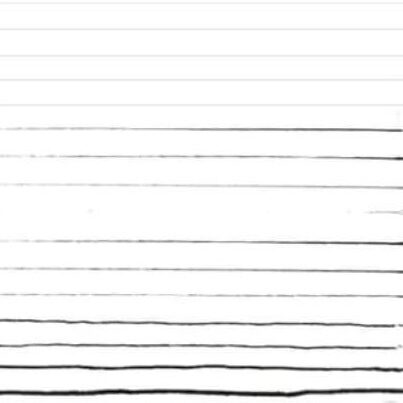
Continuing to tackle the many confounding twists and turns of Armenian cultural modernity, the Hovhannisyan Institute is holding its latest two-day conference on the subject, under the rubric “The State Between Yearning and Everyday Life”. Featuring a number of fantastic researchers from various fields of the humanities, the papers cover a broad range of subjects that address everything from the origins of Armenian enlightenment to the ideological projections of the Armenian state after independence from the USSR. If you want to know more about how our current perceptions and formulations of Armenian statehood evolved across the past three centuries, then make sure not to miss this event.
Conference: “The State Between Yearning and Everyday Life”
Where: Johannissyan Institute
19 Khanjyan St., 5th floor, Yerevan
Dates: November 16,
10:30 a.m.-7 p.m.
•
FESTIVALS

The Yerevan Theatrical Posters International Biennale is back this year for its second outing on November 19. Though one of the more ‘niche’ art festivals on Yerevan’s roster, the Biennale is a rare local event that highlights the art of the poster and graphic design by presenting some of the most innovative work done in this area internationally. Printed posters are still a vital element in the urban fabric and an important (though little-acknowledged) tool for shaping not only audience perceptions about cultural events, but also the basic taste levels of the public. Hence the existence of such a Biennale in Armenia serves as a very welcome boon for the field. Expect to see some mind-bending poster art by the venerated masters of the medium from Poland, the Czech Republic, USA, France, Iran, China and beyond, as well as the best examples of the form by local artists. During its three-week run, the Biennale will also host talks and panel discussions with venerated masters of the medium like Lech Majewski.
Festival: “Theatrical Posters – Armenia, International Biennale”
Where: Gabriel Sundukyan National Academic Theater
6 Grigor Lusavorich st., Yerevan
Dates: November 19-December 15,
2 p.m.-6 p.m.
•
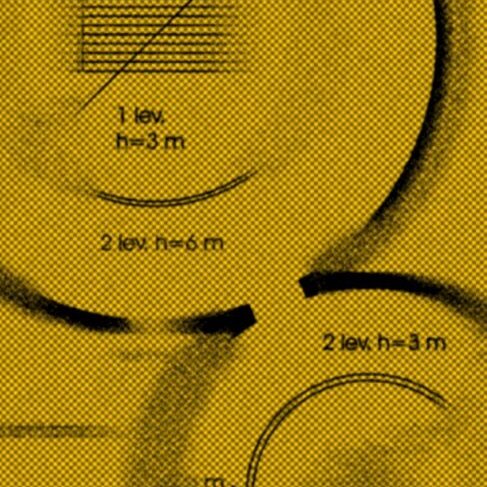
The future is now and is rocked by emotional vicissitudes. Or at least that’s what the organizers of the trans-disciplinary international media art festival Cyfest are aiming to address in its 16th edition. Held in various locations throughout the world, Cyfest brings together artists, curators and thinkers of various ilk who work with the challenges posed by the technological developments and their increasing saturation of the human reality. “How can contemporary art and culture contribute to a more diverse future and environments that are neither technocratically mastered nor reductionistic?” festival organizers ask in their concept notes. How indeed? Can new technologies enable a more productive space for dealing with our feelings and “archiving our memories”? Or will they simply serve to cannibalize human emotion to feed the insatiable machine of global capitalism? If anyone can show a way out of this conundrum, it will be the artists and Cyfest 16 has some major international names on board, so it’s well worth an effort to take part in at least one of the many events within their program.
Festival: “CYFEST 16: Archive of Feelings. A Journey”
Where: HayArt
7a Mashtots Ave., Yerevan
Dates: November 16-December 1
•
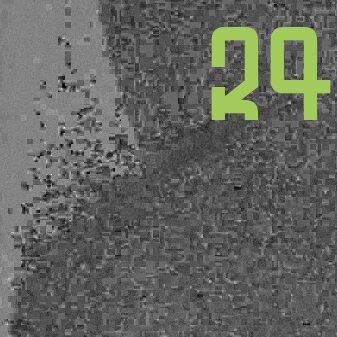
The Fourth Annual Installation Art Festival taking place in Yerevan in November focuses on the art of the installation—that thing that most Armenians still have a hard time perceiving as a legitimate medium of artistic expression. Curiously, like the parallel-running Cyfest 16, this new edition of the festival curated by Giorgio Granata also focuses on Feelings—clearly hinting at the fact that human sensation might be the most endangered thing in this time of technologically-induced apathy and alienation. The event announcement promises interactive and immersive installations by 44 artists from nine countries, who will try to draw the viewer into their webs of emotional engagement across the spaces of the Armenian Centre of Experimental Art (NPAK). Here’s hoping that there will be some artwork that will actually trigger some genuine sensory turbulence, instead of becoming mere fodder for Instagram content as so often happens with spectacle-obsessed installations in recent years.
Festival: “Feelings”
Where: NPAK
1/3 Buzand St., Yerevan
Dates: November 15-December 12
•
SCREENINGS

The dearth of worthy films on our cinema screens gets a temporary reprieve this month thanks to the month of European cinema. The carefully curated program is a judicious selection of some of the most lauded cinematic works from across the European continent, including prize-winning masterworks like the “Seed of the Sacred Fig”, “Favoriten” and Andrea Arnold’s bedazzling coming of age drama “Bird”. There is something for all tastes and if watching subtitled films is not your idea of Chinese torture, then this is that rare chance to encounter the best that arthouse cinema still has to offer.
Screening: “Month of European Film”
Where: Cinema House
18 Vardanants St., Yerevan
Dates: November 1-30
•

The idea of watching four middle-class French people engaged in oblique intellectual conversations peppered with double-entendres broken only by long silent scenes of an aging painter breaking down his nubile model might send most people running for the exit. And watching this scenario unfold for over four hours might sound like capital punishment. Which would be unfortunate, since Jacques Rivette’s “Belle Noiseuse” is indisputably one of the greatest meditations on the nature of art and the creative process. Always the supreme master of subtext and metaphor, Rivette presents a deceptively straightforward narrative, where every small gesture, look or half-utterance reverberates like an underwater explosion. This is that rare type of film that only intensifies its magic over the years and a truly entrancing cinematic experience that you can have thanks to the weekly French film program held at the National Library of Armenia.
Screening: “Belle Noiseuse“, Jacques Rivette
Where: National Library of Armenia
72 Teryan St., Yerevan
Dates: November 19, 5-9 p.m.

